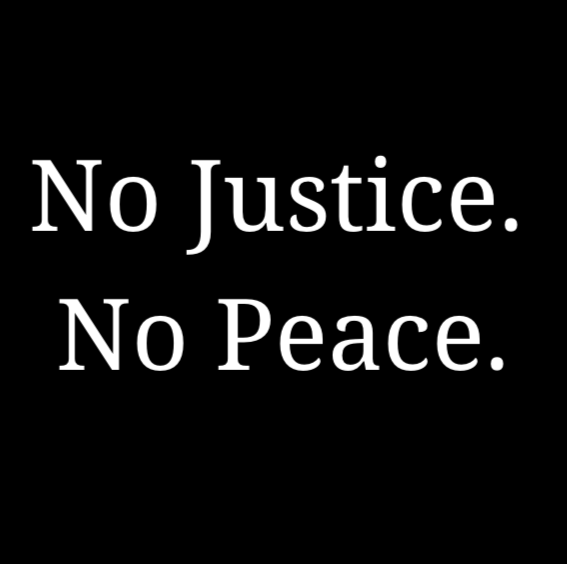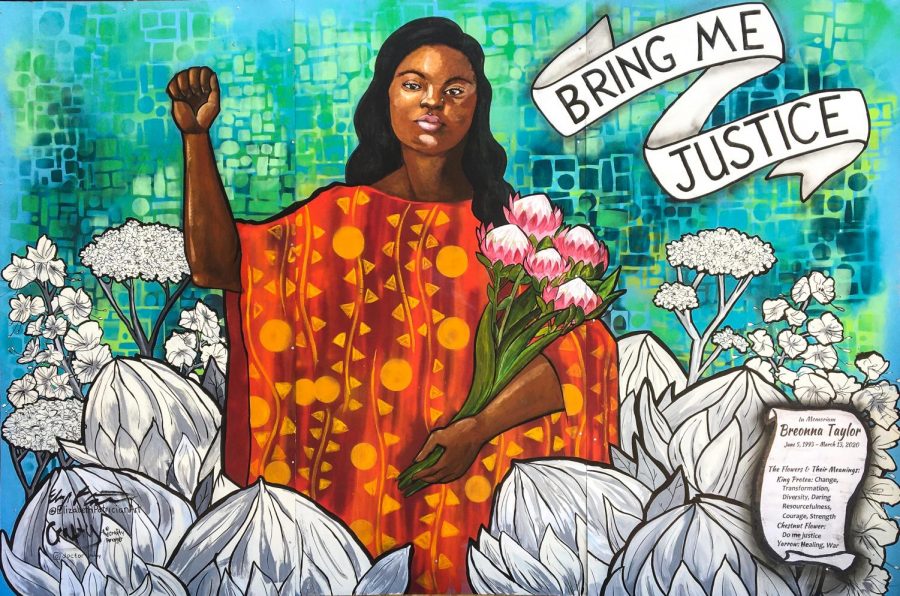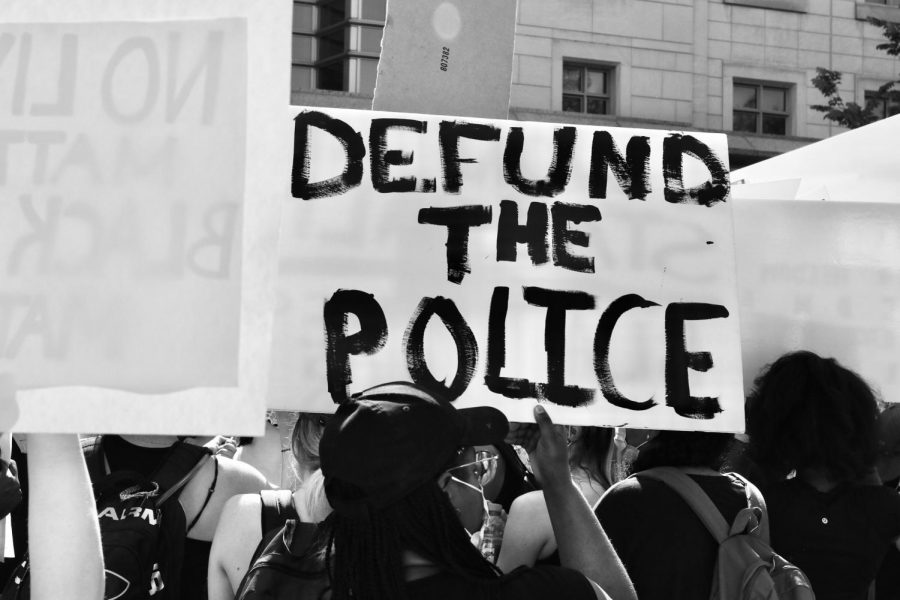Feb. 4, 2019 was like any other day at Lawton Chiles Middle Academy, a middle school located near Tampa, Florida. The students rushed in and the day began according to routine. The school’s intercom system turned on for the daily announcements. But first, the Pledge of Allegiance is recited, and all the middle schoolers are expected to stand in uniform and recite their allegiance to the republic of the United States of America.
When the school announcements began the Pledge of Allegiance on this day, an African-American sixth grader made the decision to not stand like he typically does. The act of standing for the Pledge of Allegiance counters many others’ values and beliefs about this country including this boy. The boy called the flag racist and labeled the national anthem as offensive according to a Tampa local news outlet.
Rather than the boy freely making a nonviolent act of protest, he was met with attacks and offensive comments by his homeroom substitute teacher. According to a statement provided to the Polk School District, the teacher questioned his actions and said “why if it was so bad here he did not go to another place to live” to which the boy replied and said “they brought me here.”
The teacher then proceeded to tell the little boy that he could “always go back,” but then decided the boy was too much of a struggle and reported him to the school office.
After this situation escalated into a serious confrontation, the sixth grader was charged with disrupting a school function and resisting an officer without violence. The mother’s story of her son’s account and the substitute’s report differ in details of the extent of this confrontation. A school spokesperson did tell a local newspaper that there is no policy in place that requires students to stand for the Pledge of Allegiance throughout the district.
Despite the obvious racism in this story, it showcases the true importance that this country places on patriotism and nationalism. If an individual makes a decision to dispute the majority opinion, they are attacked or looked at as standing against the United States as a whole. The first amendment of the American Constitution permits abridging free speech for all Americans, but this seems to not be completely supported by everyone.
The boy chose to use his right of free speech to nonviolently make a statement about the racism that continues to be perpetuated in this country. Instead of being applauded for using a right that is at the foundation of the creation of this country, the little boy was arrested.
People should not be expected to blindly follow their country’s norms and stand for the Pledge of Allegiance. It is a form of forced nationalism that makes citizens feel they must be patriotic or otherwise face consequences. The Supreme Court ruled in 1943 that students do not have to stand for the Pledge of Allegiance, and this is still the law. Although this is in place, there continues to be disrespectful connotations behind not standing. The solution must come from others accepting this and eliminating the negative perception behind it. It will allow those unhappy with America to feel comfortable enough to voice their frustrations.
Those that are not proud of their country’s actions or know that American society could be better have the right to speak against it. This does not mean they do not want to live there or do not acknowledge its opportunities. Rather, these protesters want others to realize how their country is not following the principles that it claims it does such as equality or freedom for all. It brings awareness to the problems of equity and the societal oppression that continue against certain groups of people.
Although this particular circumstance was never connected to the Black Lives Matter movement, it can be compared to Colin Kaepernick’s national anthem protest that stemmed from the causes of BLM. African-Americans are not satisfied with the way their communities are treated in this country, and the oppression they continue to face cannot continue. African-Americans work to bring awareness to the issues that face their community, and nonviolent actions are a way to complete this.
Similarly, students refusing to stand for the Pledge of Allegiance makes these problems a pertinent issue in their communities that will create discussion and conversation. It does not mean they do not love this country, but rather, are not proud of it enough to make bold statements of allegiance to the United States of America.












